For over 35 years, the Legend of Zelda franchise has been going strong, taking players to the mythical Hyrule on unforgettable adventures time and again. The formula for this series has constantly evolved into something better with each entry, and as some all-time games lists will tell you, it features some of the best games ever made. While not every game can be Ocarina of Time or Breath of the Wild, each new Zelda game offered something new to the franchise through new mechanics, storytelling, or hardware. We all have our favorites, but which of these games earns the highest rank.
We've taken on the difficult task of ranking each Legend of Zelda game so far.
What's in a rank?
When it comes to the Legend of Zelda series, there really isn't a bad game. Each is pretty unique in its style, puzzles, story, and overall delivery. When ranking these games, we have a lot to consider other than our personal favorites. For example, it was a little unfair to include graphics since something released on the Game Boy won't be able to go toe-to-toe with a game on the Nintendo Switch. Plus, it can be difficult to get your hands on some of these games if you don't have access to the original release or older consoles.
We've taken under consideration playability, cultural impact, availability at the time, accessibility, story, characters, critical acclaim, and which entries stood the test of time. While it was difficult to put aside personal bias, we did finally agree upon this order. Of course, as time passes, this list may change as newer games forge a different path for this franchise.
All Zelda games ranked:
Legend of Zelda games ranked: #18-13
We'll start by taking a look at the Zelda games that rank lower on our list.
18. The Legend of Zelda: Tri Force Heroes
| Category | The Legend of Zelda |
|---|---|
| Title | Tri Force Heroes |
| Date | Oct. 22, 2015 |
| Platform | Nintendo 3DS |
Rounding out the bottom of our list is a game that had good intentions but was just the wrong game at the wrong time. Tri Force Heroes is actually a direct follow-up to A Link Between Worlds, though you may not know it based on the game's art style and its focus on multiplayer. Link is joined by two other Links throughout his adventure, called Doppels, and the whole game is based around three Links solving puzzles by working together.
We have a soft spot for the cooperative game, but because of the 3DS limited hardware, communication with your teammates was shoddy at best, and the shared life bar meant that you'd pay for your teammate's mistakes. Playing by yourself allowed you to jump between the three Links, but it only made the three-player design feel more like a gimmick and less like a gameplay mechanic. Speaking of multiplayer, you either needed three friends or no friends, and there was no two-player option. In the end, despite Tri Force Heroes' unique, forward-thinking story and focus on multiplayer, the game is ultimately too limited and forgettable.
17. The Legend of Zelda: Four Swords
| Category | The Legend of Zelda |
|---|---|
| Title | Four Swords |
| Date | Dec. 2, 2002 |
| Platform | Game Boy Advance |
The Four Swords was the series' first foray into multiplayer, and it was impressive for the time. Originally released alongside the Game Boy Advance (GBA) version of A Link to the Past, Four Swords contained a whole new multiplayer campaign. Using GBA link cables, four players can connect to one another and dungeon crawl, solve puzzles, and work together while competing for a high score.
While it receives bonus points for being the first true multiplayer Zelda game, the biggest issue with it was just that — you couldn't play it by yourself. You needed at least one other player to access the game. This was fixed in the game's re-release on the 3DS, but because of its loose storyline and focus on dungeon crawling rather than the exploration the series is known for, it ended up not having the legs of other full-fledged entries.
16. The Legend of Zelda: Spirit Tracks
| Category | The Legend of Zelda |
|---|---|
| Title | Spirit Tracks |
| Date | Dec. 7, 2009 |
| Platform | Nintendo DS, Wii U |
This handheld Zelda title, which was a direct sequel to both Phantom Hourglass and Wind Waker, is all about trains... for some reason. In Spirit Tracks, Link is just a blue-collar guy, working as an engineer for the Royal family. When Princess Zelda contacts him to investigate some disappearing train tracks, Zelda's body is snatched. She's stuck as a spirit and needs Link's help to set things right.
Spirit Tracks has the makings of a great Zelda game. It's full of humor and it makes use of Zelda as a second protagonist, something that doesn't happen often enough in Zelda games. However, our biggest complaint comes from the controls. We were never a fan of Nintendo's wacky control schemes, and while the touchscreen controls work, they never felt as comfortable as using regular old buttons. Traveling across the overworld by train was fun, but never as fun as flying or sailing.
15. The Legend of Zelda: Phantom Hourglass
| Category | The Legend of Zelda |
|---|---|
| Title | Phantom Hourglass |
| Date | June 23, 2007 |
| Platform | Nintendo DS, Wii U |
Phantom Hourglass is the handheld successor to The Wind Waker and earns a spot just above its sequel. Tetra has been kidnapped by an evil Ghost Ship, and it's Link's job to save her. He jumps aboard Captain Linebeck's ship and heads off to find the spirits of Courage, Wisdom, and Power to find his friend again. Like any other game in the series, it has puzzles, exploration, and a fun story. Unfortunately, there's really not much to it otherwise.
Phantom Hourglass utilizes the Nintendo DS's stylus to perform all tasks. You can essentially play this game with one arm tied behind your back. Also, rather than multiple temples, Link has to keep returning to just one. The goal of this game is exploration: checking out islands, finding treasure, and filling your Phantom Hourglass with sand. While it has all the parts of a Zelda game, it just doesn't have a strong narrative or captivating gameplay like others. Sure, the stylus is neat, but much of the game is sailing around pulling up treasure and returning to the same dungeon. There's fun to be had here, but there are definitely better Zelda games to play.
14. Zelda II: The Adventure of Link
| Category | The Legend of Zelda |
|---|---|
| Title | The Adventure of Link |
| Date | Dec. 1, 1988 |
| Platform | NES, Famicom Disk, GameCube, Game Boy Advance, Nintendo Switch |
Zelda II has always been the black sheep of the series, but the original was a tough act to follow. The second entry in the series introduced RPG and map exploration to the franchise and experimented with side-scrolling, magic spells, and random battles. Unfortunately, not everyone loved these changes. Another issue with the game was its cruel difficulty spikes and extremely unforgiving puzzles. This is what was called a "Nintendo Power" game; areas were so well-hidden that they needed a guide.
That's not to say Zelda II wasn't fun. There's enjoyment to be had here along with the challenges, and it has some of the greatest music in the series. It was a trailblazer in its time and a showcase that Nintendo wasn't afraid to play with the formula. It was also the first game to introduce the infamous Dark Link! While the game may have fallen in the rankings since its release, it is still a good one.
13. The Legend of Zelda: Skyward Sword
| Category | The Legend of Zelda |
|---|---|
| Title | Skyward Sword |
| Date | Nov. 18, 2011 |
| Platform | Wii, Nintendo Switch |
This Wii-centric entry divided the fan-base. While the sky-inspired adventure introduced some of the mechanics now used in the critically-acclaimed Breath of the Wild, Nintendo needed to iron out the kinks first. In this entry, Link and Zelda are childhood friends living on Skyloft island. Of course, adventure calls these heroes chosen by fate as they must battle the looming evil of the Demon King, Demise.
While this game has plenty of fun puzzles, new mechanics like the stamina bar and repairable weapons, and a whole cast of characters, these innovations were largely ignored because of one flaw: the motion controls. Players were forced to play the game using the Wii MotionPlus controls, and they were finicky at best. Combined with the nunchuck, you were basically at their mercy.
Additionally, Skyward Sword suffered from a lack of things to do. There may have been a whole sky to explore, but it felt very empty. However, if you could look past those flaws, this was a pretty fun game! And with the Skyward Sword HD Remaster coming to Nintendo Switch, Nintendo has tweaked some of these flaws. We'll definitely have to revisit this one.
All Zelda games ranked:
Legend of Zelda games ranked: #12-7
Here are the Zelda games that we have determined belong in the dead center of our ranking.
12. The Legend of Zelda: Four Sword Adventures
| Category | The Legend of Zelda |
|---|---|
| Title | Four Sword Adventures |
| Date | March 18, 2004 |
| Platform | GameCube |
Four Sword Adventures is, in our opinion, the most realized multiplayer Zelda game, held back from greatness by the convoluted control scheme. It did improve on a lot of the issues we had with the original Four Swords. There were more team-up opportunities, better puzzles, an overworld to explore, and an actual story. And when you get a bunch of friends, the gameplay is so frenetic and fun.
So, what was the problem? Well, to play multiplayer, every player needed a GBA and a GCN to GBA link cable. During the GameCube era, the system was the go-to console for local multiplayer. So, Nintendo decided to have players ignore their GameCube controllers in favor of a Gameboy Advance and a cable. While the second screen was certainly unique, the gimmick was just that, a gimmick. Why is Nintendo hellbent on making me play my Zelda games in weird ways? I just want to use the controller I already have! I do think that Four Swords Adventures could shine as an NSO title today. Nintendo, you have an opportunity to right an egregious wrong here!
11. The Legend of Zelda: Oracle of Ages / Oracle of Seasons
| Category | The Legend of Zelda |
|---|---|
| Title | Oracle of Ages | Oracle of Seasons |
| Date | February 27, 2001 |
| Platform | Game Boy, Game Boy Color, Nintendo 3DS |
Our next entry on the list is actually two different games. Released on the exact same day, Oracle of Ages and Oracle of Seasons offer very different stories and games that intertwine. Since these games tie into one another, we've placed them together, especially since you can transfer items between them and get a special boss battle after completing them both. What makes these games unique is that choices can determine what happens later in the game. Selecting a specific partner, for instance, determines the layout of particular areas.
While Oracle of Ages is more puzzle-focused, Oracle of Seasons is all about action. Each provides something special and connecting both games with the Game Link Cable or passwords, you can interact with both games. Unfortunately, you do need both games to do this. But if you have them both, you can really get a full experience, including that hidden boss fight. The puzzles are challenging, the music is unique, and they earn their spot.
10. The Legend of Zelda: The Minish Cap
| Category | The Legend of Zelda |
|---|---|
| Title | The Minish Cap |
| Date | January 10, 2005 |
| Platform | Game Boy Advance, Wii U |
The Minish Cap is the third game that follows the Four Sword legend and expands the story of Four Swords and Four Swords Adventures. But in this game, there's no multiplayer requirement or any real multiplayer at all. This was the first traditional Zelda game on the GameBoy Advance and the second Zelda game developed by Capcom. Taking inspiration from other 2D Zelda games, he follows Link as he explores Hyrule and the Minish miniature world.
Minish Cap stands out for its unique art style, taking full advantage of the Gameboy Advance hardware. The pixel art shines, even to this day, and the unique characters and setting help Minish Cap rise above many other Zelda's on this list. While it didn't break new ground, it's still a very solid and fun Zelda game. The Minish Cap debuted on the GBA in 2004 but was given away to 3DS ambassadors, and in 2014, it made its way to the Wii U.
9. The Legend of Zelda
| Category | The Legend of Zelda |
|---|---|
| Title | The Legend of Zelda |
| Date | February 21, 1986 |
| Platform | NES, Famicom, GameCube, Game Boy Advance, Wii, Nintendo 3DS, Wii U, NES Classic, Nintendo Switch |
What can be said about the OG, the game to start it all? The original Legend of Zelda is a classic that, regardless of it's NES graphics, completely holds up today. What's better is that you don't need to dig out your NES to play this amazing game; it's available on the Switch! Based of Shigeru Miyamoto's exploration as a child, this game keeps things simple. Link is on an adventure to find the Triforce periods so he might defeat Ganon and save Princess Zelda.
This game defined the action-adventure genre. From its top-down world view to the open-world exploration, this game is a great balance of challenge and accessibility. You do have to figure out a few things on your own, but there are no horrible difficulty spikes or easy-breezy sections. It's well balanced, and while the graphics may have seen better days, the retro-look isn't distracting. There's a reason why people keep returning to this classic title, and if you haven't played it yet, you should.
8. The Legend of Zelda: A Link Between Worlds
| Category | The Legend of Zelda |
|---|---|
| Title | A Link Between Worlds |
| Date | November 22, 2013 |
| Platform | Nintendo 3DS |
Positioned as a spiritual successor to A Link to the Past and the first original Zelda game on the 3DS, A Link Between Worlds takes place in that game's version of Hyrule, but this time without the threat of Ganon. Instead, Link must defeat Yuga, a dark sorcerer transforming every sage in Hyrule into a painting. Link must pursue Yuga across both Hyrule and Lorule but sliding between worlds as a sentient mural. This Zelda is a weird one, but it's also a really good one.
Despite having all of the traditional Zelda trappings, A Link Between Worlds changes the status quo by making progression more open-ended. Thanks to renting or buying items from the eccentric shopkeeper, Ravio, players can explore dungeons in any order they'd like. This was our first taste of a nonlinear Zelda, and it tasted pretty good. The isometric 3D visuals would also lay the groundwork for the visual presentation seen in the Link's Awakening remake.
7. The Legend of Zelda: Twilight Princess
| Category | The Legend of Zelda |
|---|---|
| Title | Twilight Princess |
| Date | Nov. 19, 2006 |
| Platform | GameCube, Wii, Wii U, NVIDIA Shield TV |
There was some major backlash over the "Toon Link" design following the release of The Wind Waker. Thankfully, Twilight Princess filled the void for fans longing for a more realistic Legend of Zelda. Twilight Princess offered a darker story than the previous entry, with some darker graphics to match. Like Skyward Sword, if you bought the Wii version of Twilight Princess, you had the option to use motion controls. Thankfully, you didn't have to stick with them, and if you owned the GameCube version, you could avoid them altogether! With a wave of interesting new items, characters, and areas to explore, Twilight was the best-selling Zelda game until Breath of the Wild released.
While there is much to love about Twilight Princess, the graphics are blurry, low-res, and pretty hard to see at times, even in the HD remake on the Wii U. Though the gritty look may not have aged as well, the gameplay certainly has. It's still considered one of the best of the series with intricate dungeons, unique new items, and memorable characters.
All Zelda games ranked:
Legend of Zelda games ranked: #6-1
Finally, here are the Zelda games that have had the most cultural influence, the best mechanics, and are just overall the best games in the series.
6. The Legend of Zelda: The Wind Waker
| Category | The Legend of Zelda |
|---|---|
| Title | The Wind Waker |
| Date | Dec. 13, 2002 |
| Platform | GameCube, Wii U |
Back at E3 2002, Nintendo debuted the upcoming Zelda game for the GameCube, and it was like nothing no one had ever seen before — no really, it was like nothing fans had seen before. Gone were the realistic, mature graphics, and in its place were bright, anime-style, cel-shaded graphics and a big-headed boy in a green tunic. Fans were outraged, but luckily, they were soon overwhelmed with joy when they realized The Wind Waker was a certified classic.
The fresh coat of paint allowed for a level of expression that had not been seen before in a Zelda game. Animations had never been more fluid, and the anime aesthetic gave Link a whole new range of emotions. The vast ocean became a character of its own, full of islands, enemies, and treasures just waiting to be plundered. The Wind Waker wasn't without flaws, but the game's influence on the series' art direction was undeniable. From here on out, we knew never to judge a Zelda game by its cover.
5. The Legend of Zelda: Majora's Mask
| Category | The Legend of Zelda |
|---|---|
| Title | Majora's Mask |
| Date | Oct. 26, 2000 |
| Platform | Nintendo 64, GameCube, Wii, Wii U, Nintendo 3DS |
On paper, Majora's Mask shouldn't rank as high as it does. Made only two years after Ocarina of Time's release and reusing many of its assets, Majora's Mask is a dark and twisted tale, with themes of loss, guilt, and death permeating through every encounter. The Land of Termina is a doomed place, and the player is constantly reminded of doomsday by the horrifying face of a moon slowly descending from the sky.
With only three days to figure out what's going on, Link must manipulate time and make use of the cursed Mask to embody the spirits of those who lost their lives before they were ready to die. Its haunting aesthetic is eerily beautiful, and the unique world of Termina is full of memorable characters, despite looking and playing an awful lot like Ocarina of Time. As we've gotten older, Majora's Mask resonates even louder than it originally did on the Nintendo 64, and the 3DS remake only solidified its place as one of the best Zelda games.
4. The Legend of Zelda: Link's Awakening
| Category | The Legend of Zelda |
|---|---|
| Title | Link's Awakening |
| Date | June 6, 1993 |
| Platform | Game Boy, Game Boy Color, Nintendo 3DS, Nintendo Switch |
Link's Awakening is something special. Upon its release on the Game Boy, this direct sequel to Link to the Past took a step outside the series' comfort zone and to explore a different world entirely. Link awakens on Koholint Island following a storm, and very quickly, he discovers not everything is as it seems. The story unfolds as Link uncovers the mysteries of this island so he can find his way home through a series of puzzles, battles, and mini-quests.
This game was so well loved that it has received several remakes, including the most recent complete remake for the Nintendo Switch. This Zelda entry is truly unique; it's the first game outside of Hyrule, doesn't feature Princess Zelda, and it introduced the trading quest concept. The DX version gave us the Color Dungeon and Photo sidequests, while the Nintendo Switch version offered a new Chamber Dungeon building mechanic. Regardless of what was added on, the main game stayed the same. There's something about it that keeps drawing people in. It might be Twin Peaks-esque story, the brilliant soundtrack, or the intricate dungeons, but whatever it is, it certainly is one of the best Zelda games.
3. The Legend of Zelda: A Link to the Past
| Category | The Legend of Zelda |
|---|---|
| Title | A Link to the Past |
| Date | Nov. 21, 1991 |
| Platform | SNES, Game Boy Advance, Wii, Nintendo 3DS, Wii U, Nintendo Switch |
A Link to the Past was a return to form following Zelda II: The Adventures of Link. And what a return! This game is just a treat to play. The upgrade to the SNES saw plenty of improvements to the game mechanics, like being able to swing a sword sideways. From its bright and beautiful 2D graphics that still hold up today to its smooth game mechanics, epic dungeon exploration, and plot twists, this game has long held its position at the top of many best games of all time lists. Without A Link to the Past, there is no Ocarina of Time. Time has nothing on this classic.
Link is on another adventure through Hyrule, off to save the Princess from the evil wizard, Agahnim. What unfolds is a treacherous journey between the Light World and Dark World in a daring journey to rescue the banished maidens and stop Ganon from returning. There is just so much here to love! The dungeons are unique with special items and bosses, the game mechanics are flawless, and you can easily get lost in exploration and puzzle solving. It truly is one of the best games ever made.
2. The Legend of Zelda: Breath of the Wild
| Category | The Legend of Zelda |
|---|---|
| Title | Breath of the Wild |
| Date | March 3, 2017 |
| Platform | Nintendo Switch |
Every few years, if we're lucky, we may experience a game that is so groundbreaking and inventive that it shapes the gaming landscape for years to come. The Legend of Zelda is a series that has done this time and time again, and Breath of the Wild is the latest example of the creativity that still powers the series today. Breath of the Wild takes almost every gameplay convention in Zelda's gameplay formula and either redesigns it, remixes it, or just tosses it out the window.
The move to an open world was the breath of fresh air the series needed, and Hyrule became as much a character as Link and Zelda. The story, told through flashbacks and wordless trips through dilapidated cities and towns, is the tale of the desperate and hopeless struggle to save the land from evil. Breath of the Wild is poignant and bombastic simultaneously, and its influence can already be seen in many popular open-world games today. Breath of the Wild is a game that will only get better with time and is easily the best Nintendo Switch game — that is until Breath of the Wild 2 arrives.
1. The Legend of Zelda: Ocarina of Time
| Category | The Legend of Zelda |
|---|---|
| Title | Ocarina of Time |
| Date | Nov. 21, 1998 |
| Platform | Nintendo 64, Game Cube, Wii, Nintendo 3DS |
Was there ever a doubt in your mind that this would be our top pick? Ocarina of Time is quite simply a masterpiece. While a few epic Zelda games have come in the following years, it's incredibly difficult to top one of the best games of all time. Upon Ocarina's release in 1998, we saw a story that crossed the very barriers of time itself, and saw Hyrule like never before. The level design was incredible, the soundtrack was unforgettable, and it gave players an epic tale that would bring them back again and again.
Combat in this game was fluid, puzzles were challenging, and it built an atmosphere that would suck the player in. It's hard to forget an experience like Ocarina of Time, and we often wish we could go back and experience it all over again. Rarely do games come along that define a generation, let alone a series.
So many games have borrowed from this classic over the years, trying to capture the magic, but there's nothing that has quite hit that mark. It's a perfectly balanced game, and you can bet that if it was ever remastered, Nintendo would basically be printing money. Ocarina set the bar high and is the legacy to beat.
Returning to Hyrule again
The Legend of Zelda series has become a legend of its own. Who could have predicted that a game released in 1986 would still be relevant today, let alone still setting the gold standard for games in its genre? The series continues to reinvent itself and the games around it, creating the very DNA of adventure games in both two and three dimensions. Whether your favorite Zelda is Ocarina of Time, Breath of the Wild, or even Tri Force Heroes, The Legend of Zelda will never fade away.






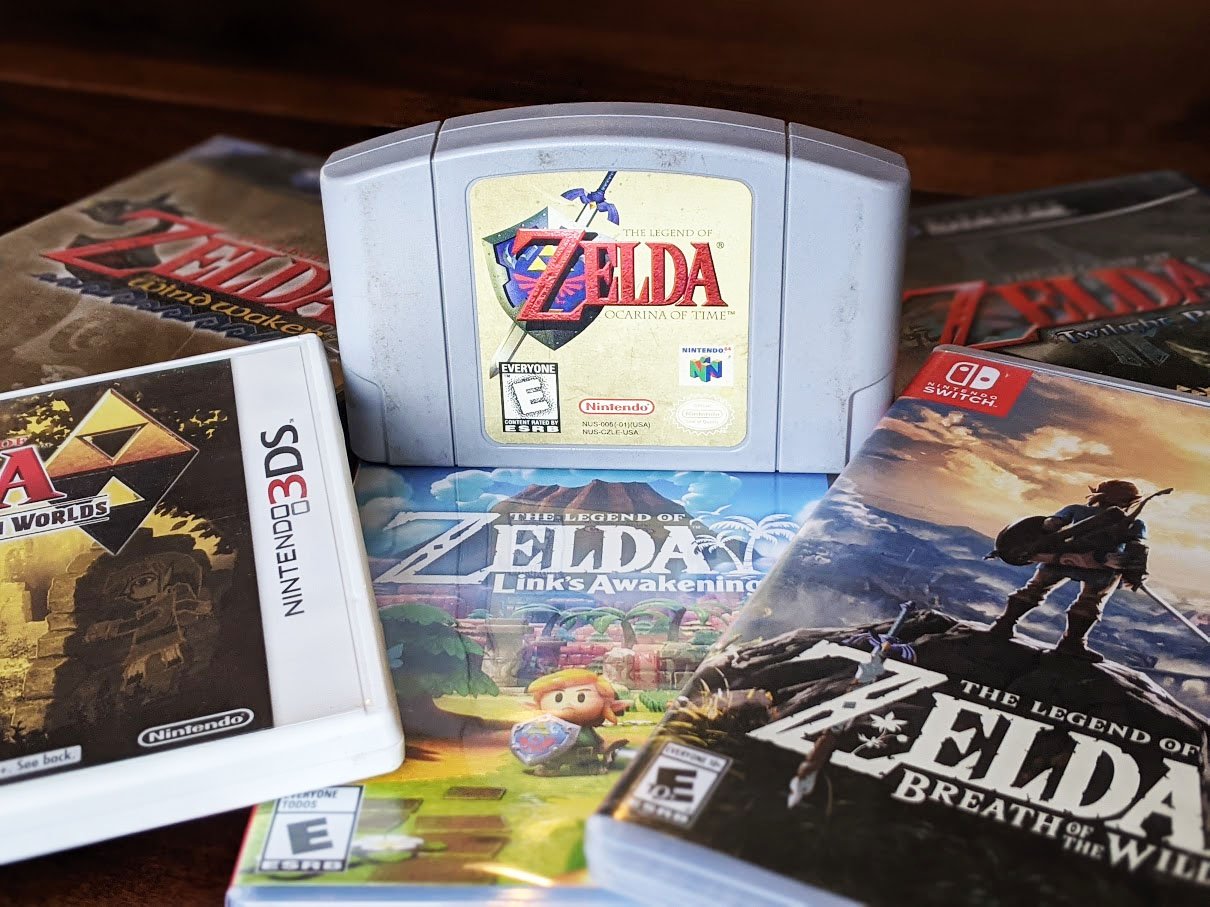
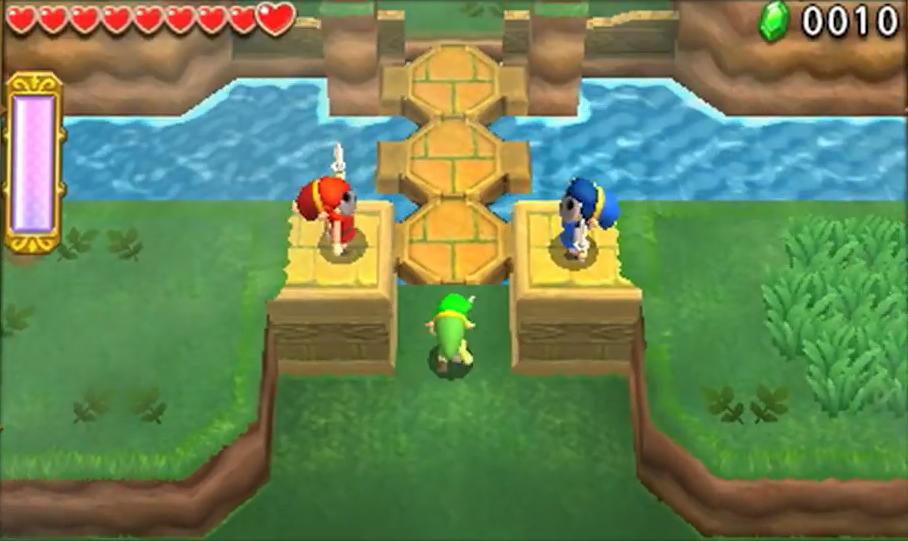



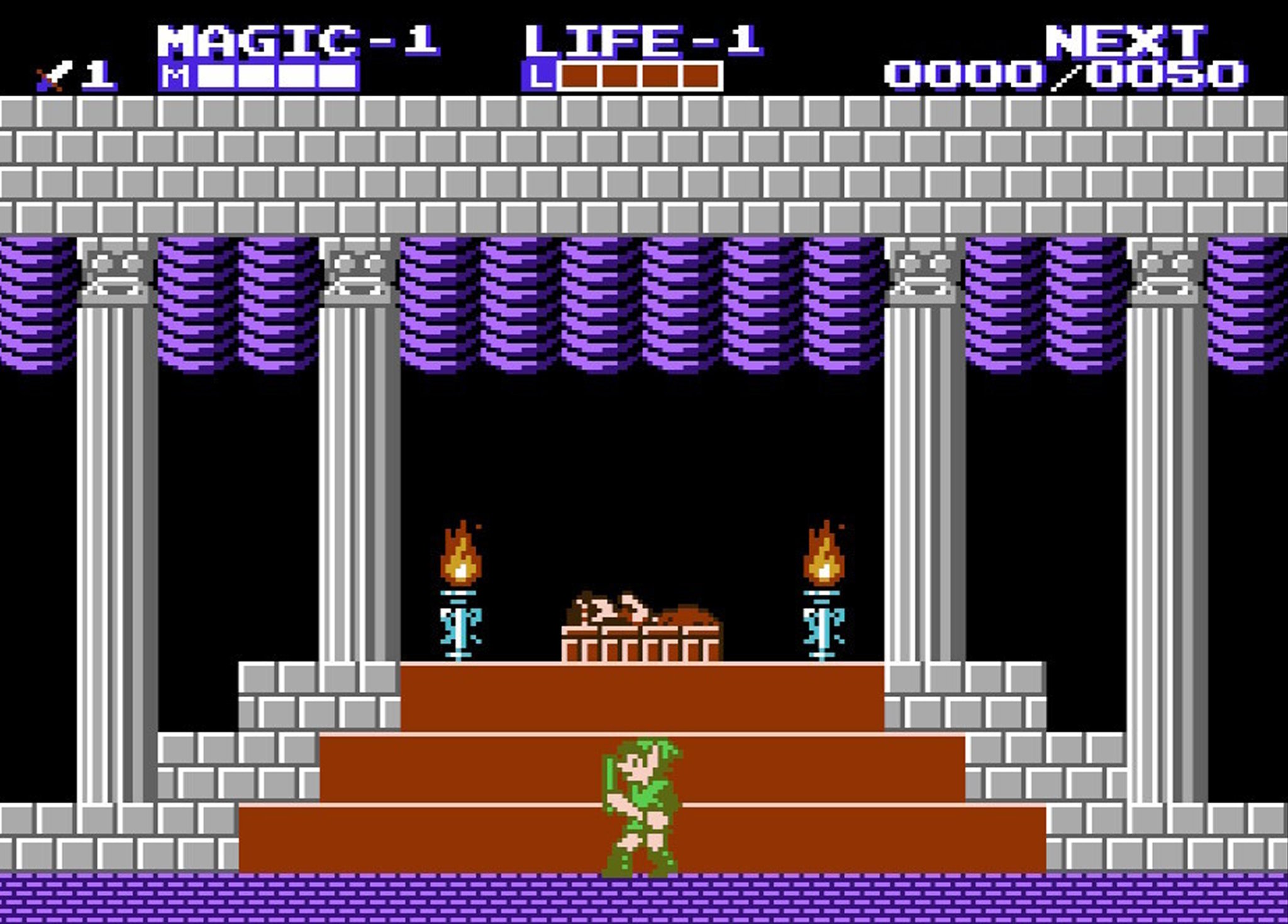
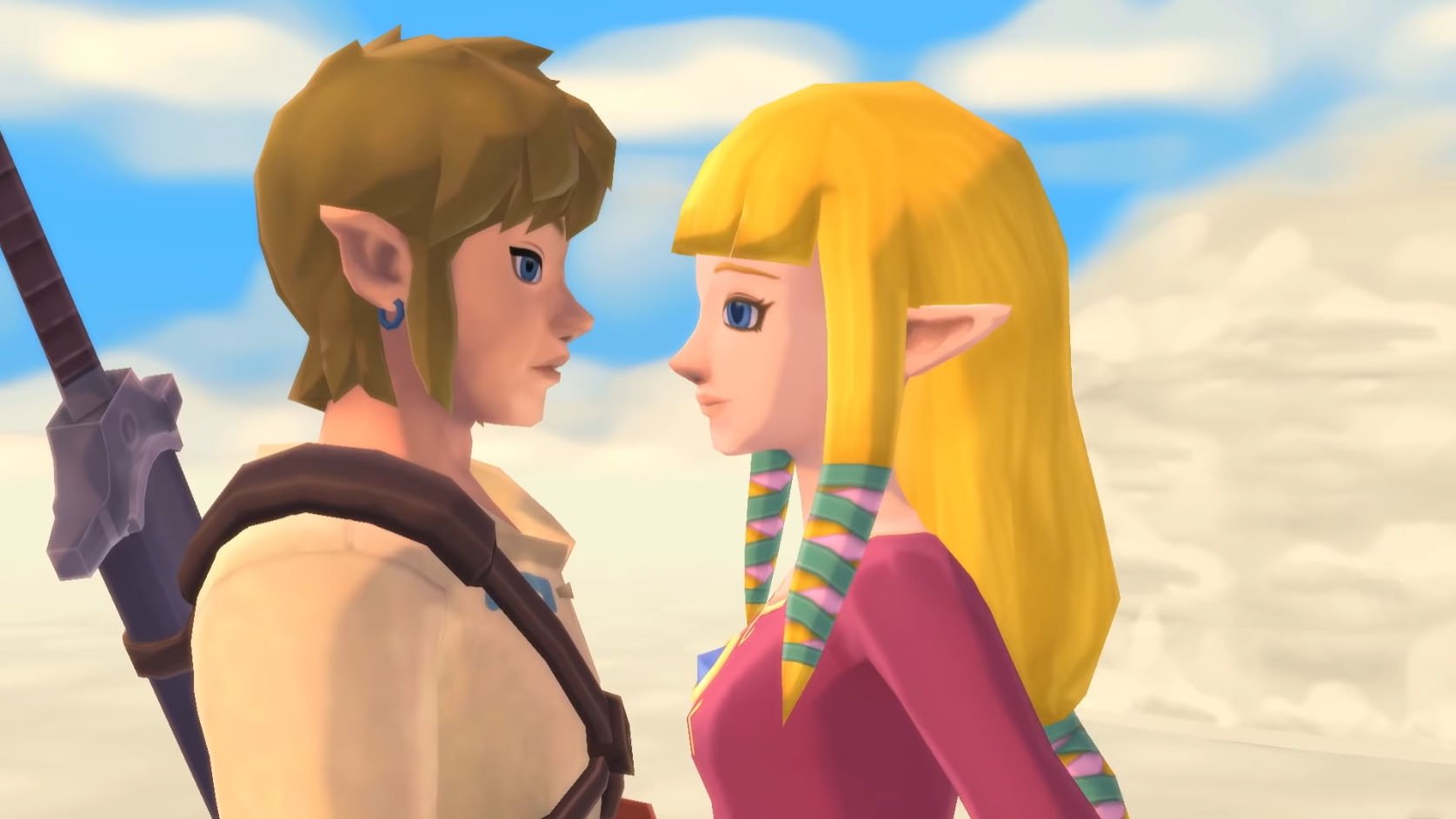
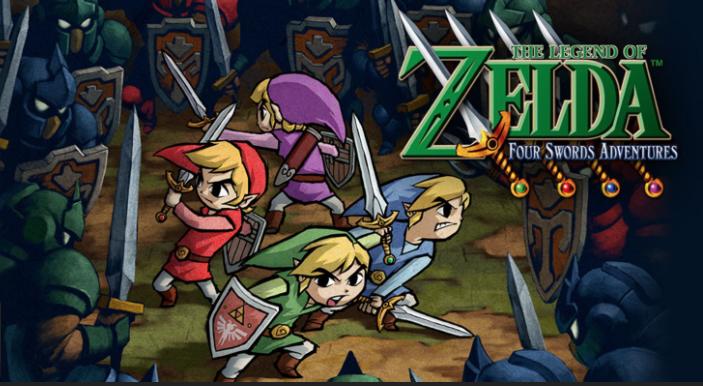

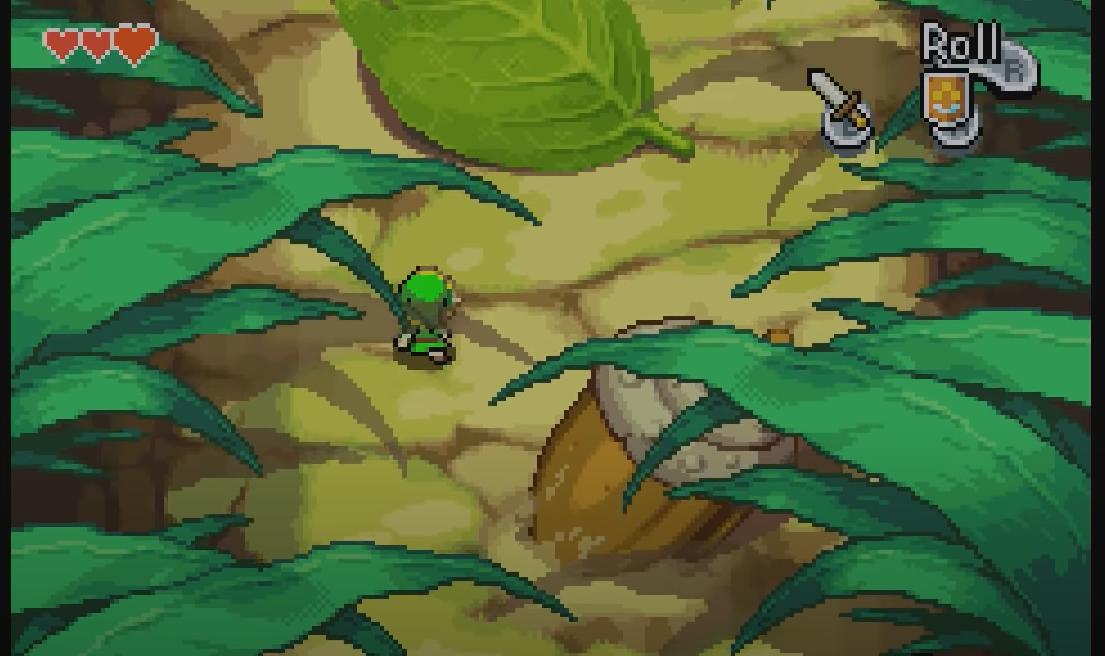
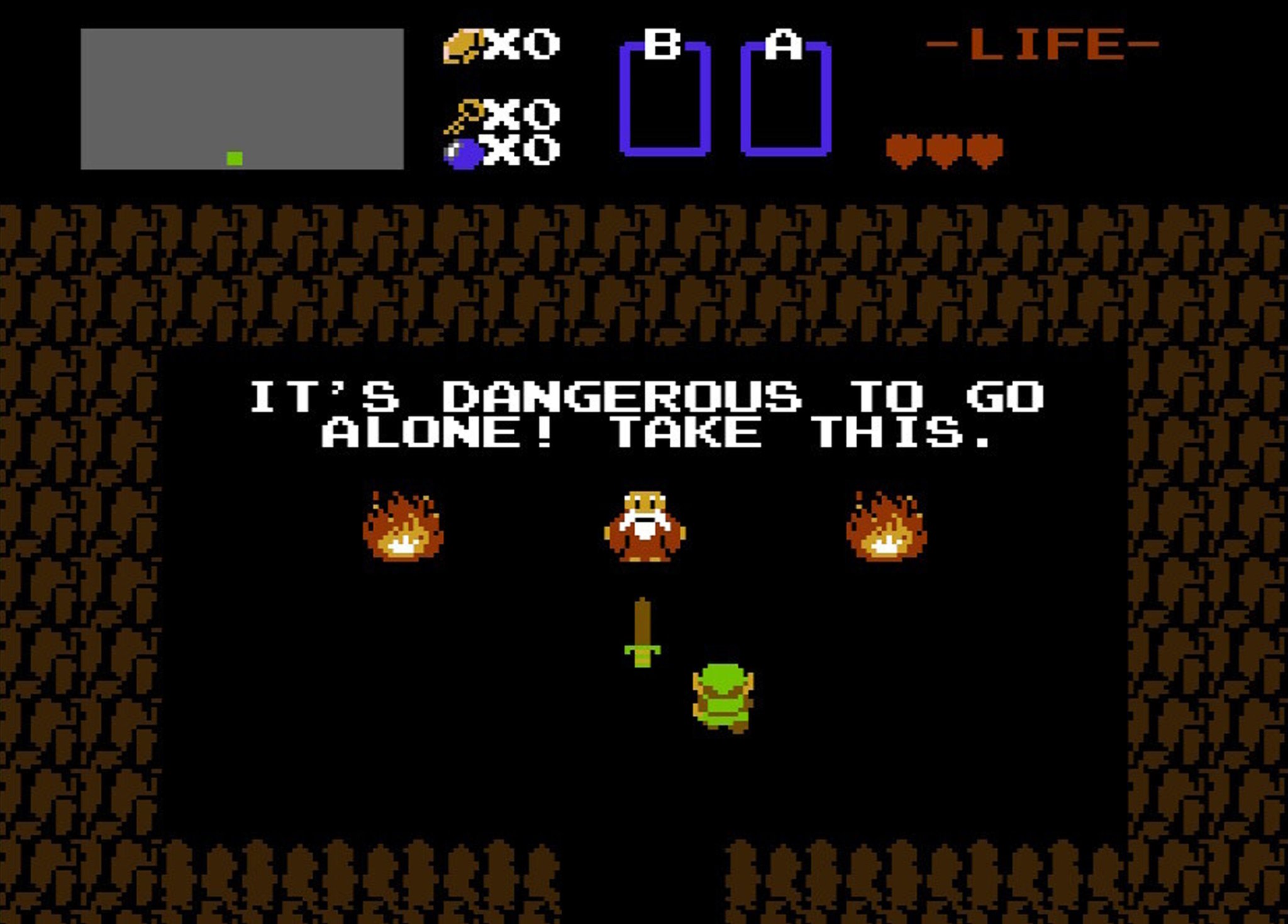
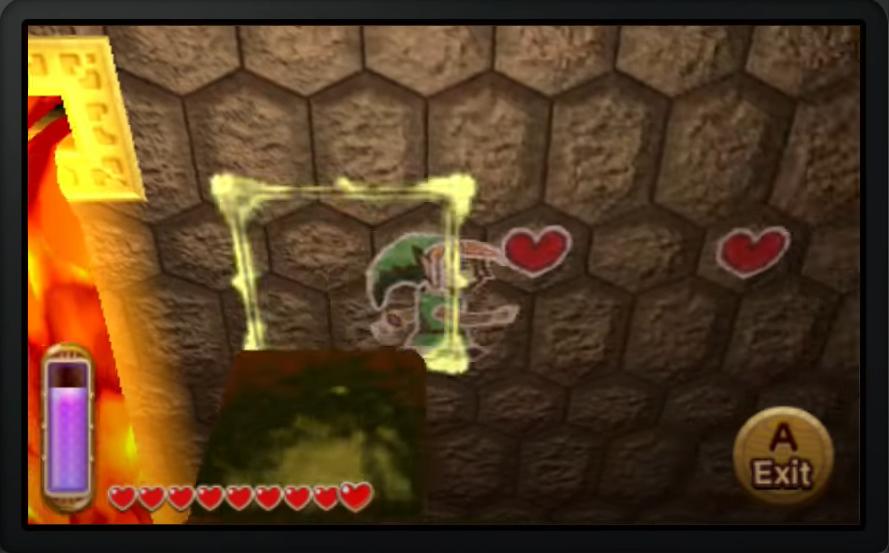
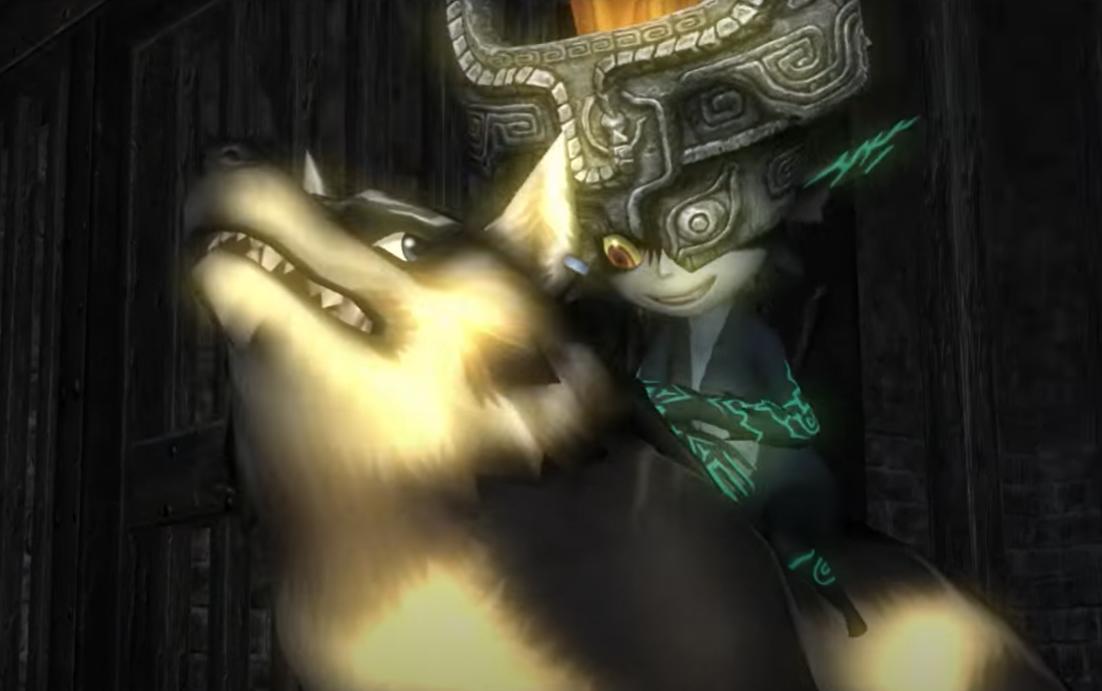

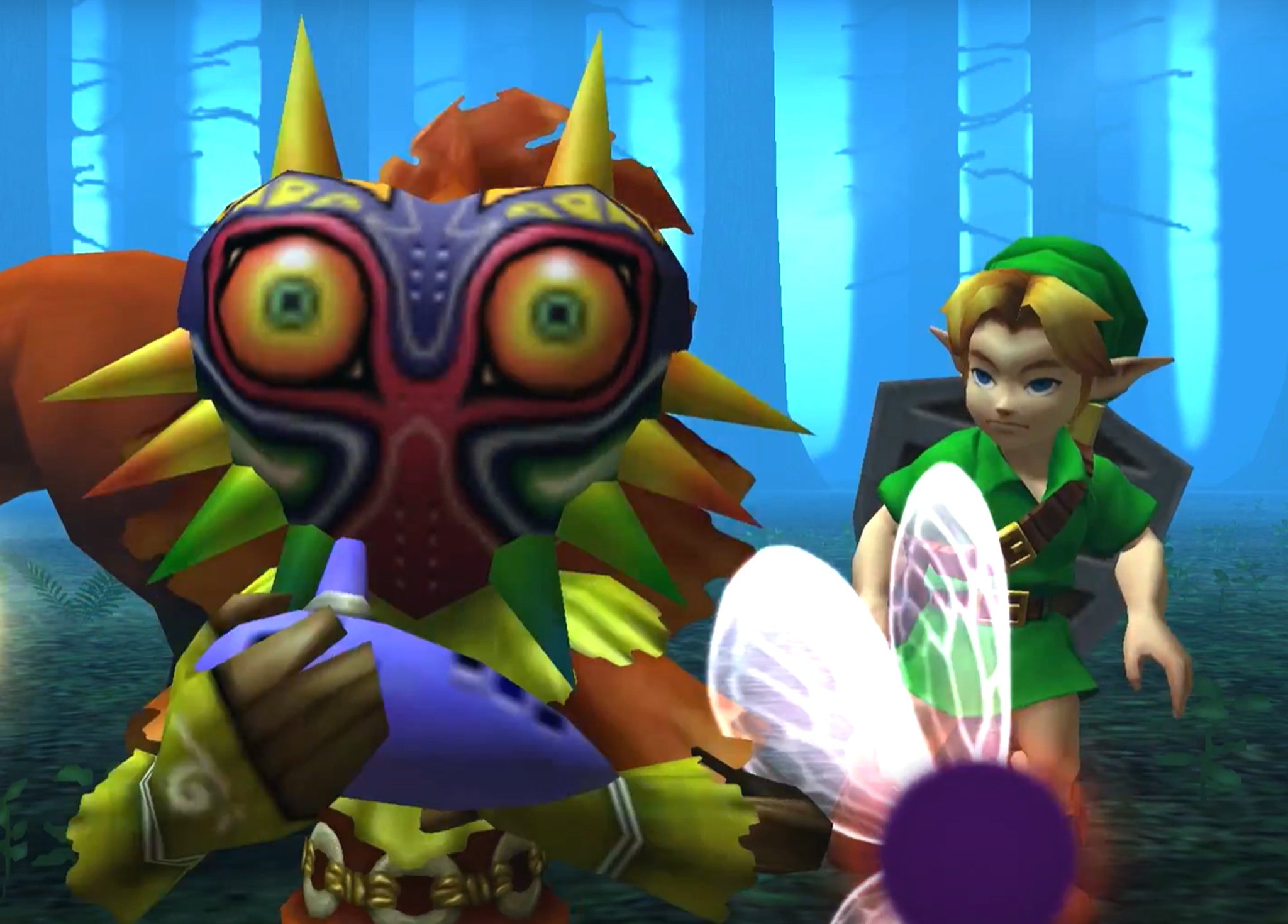
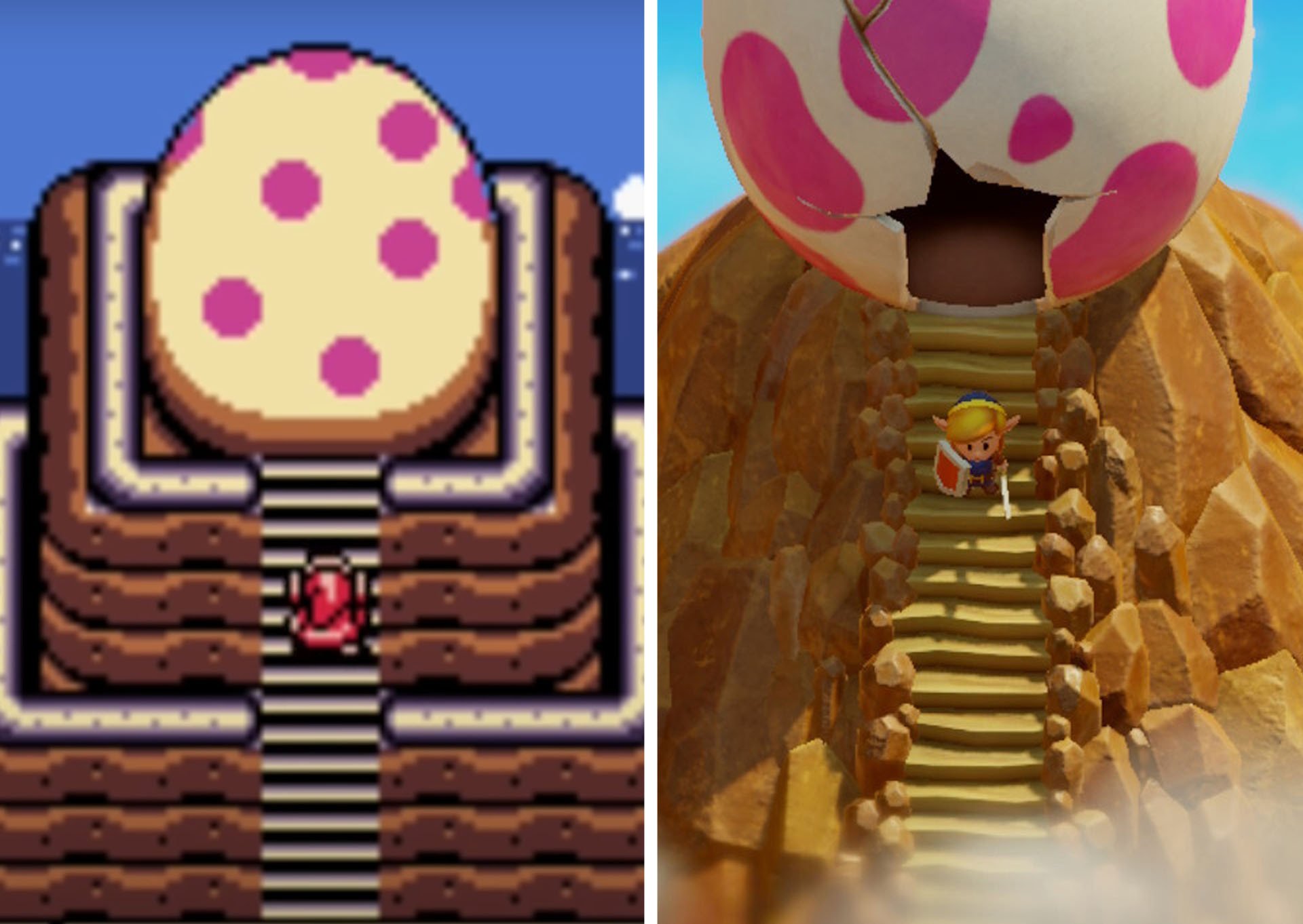
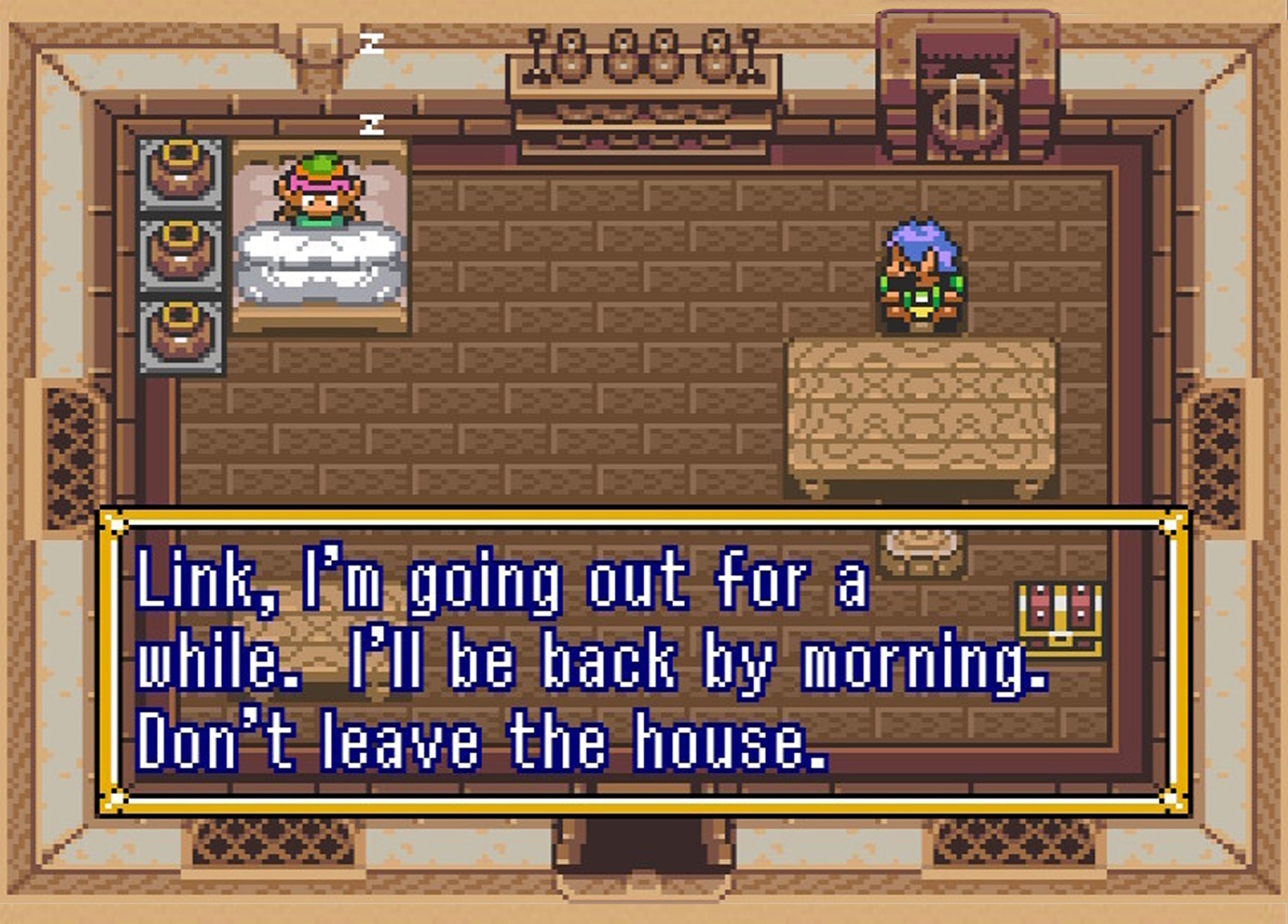
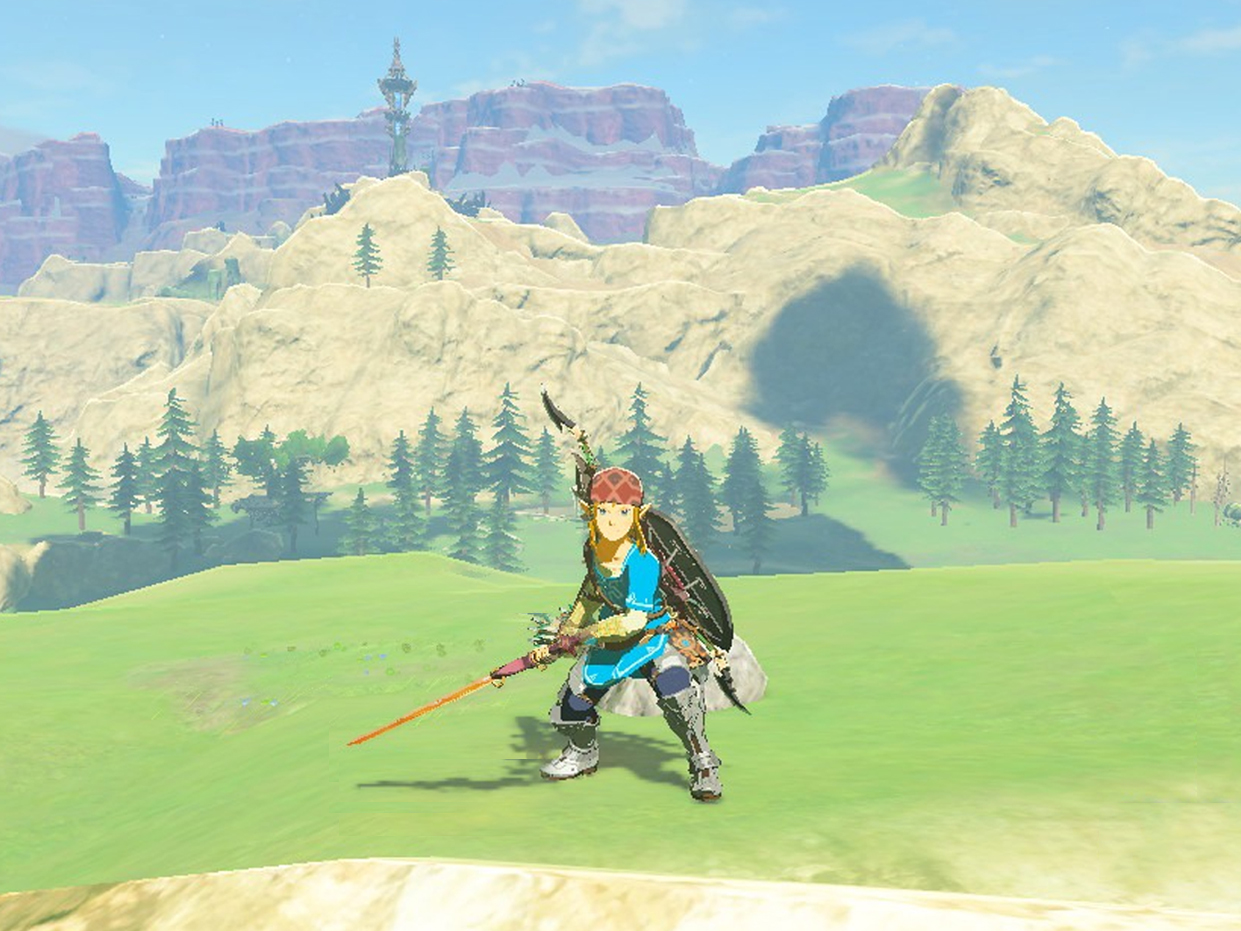
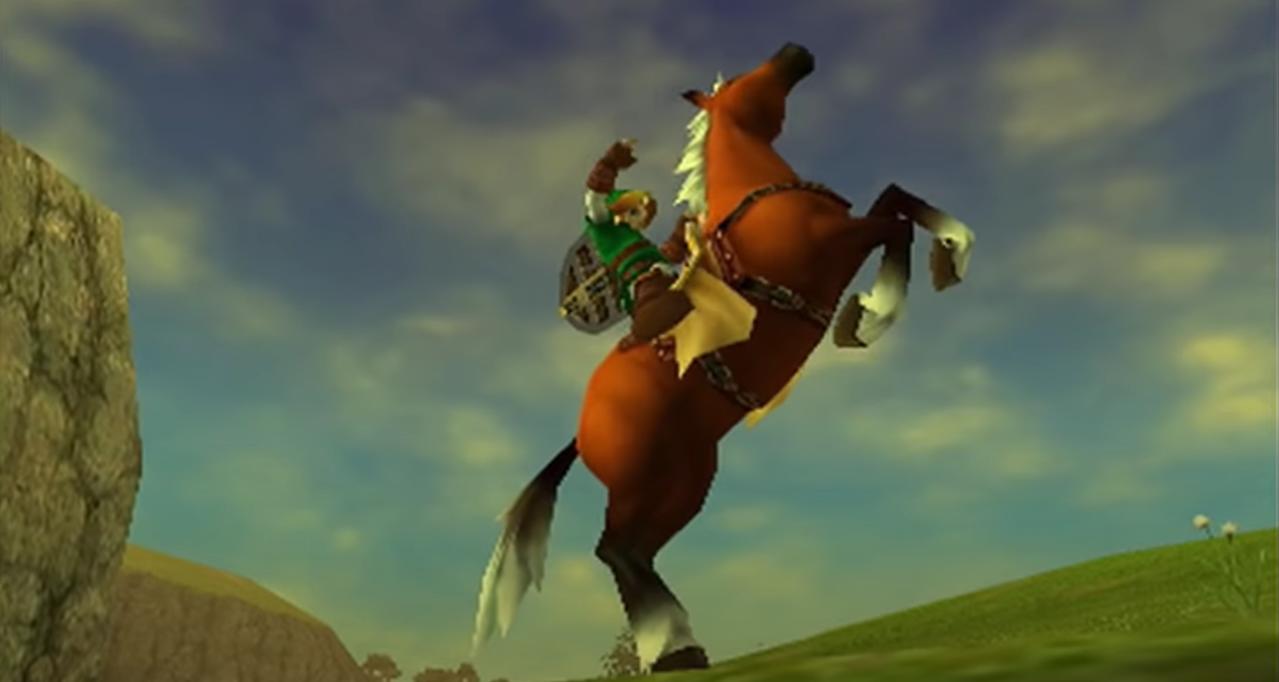

0 comments:
Post a Comment